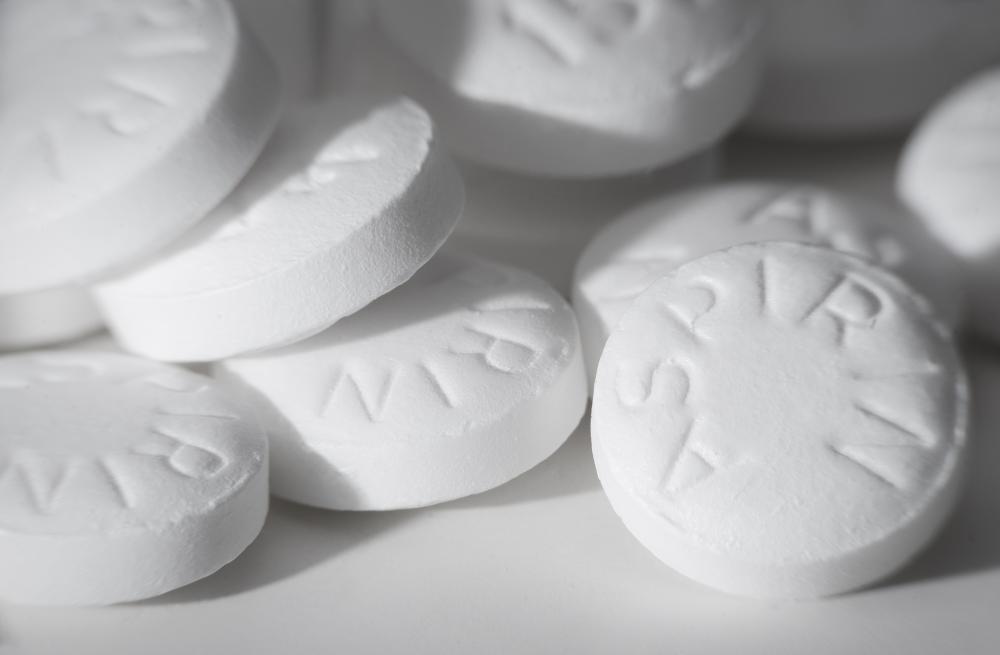At WiseGEEK, we're committed to delivering accurate, trustworthy information. Our expert-authored content is rigorously fact-checked and sourced from credible authorities. Discover how we uphold the highest standards in providing you with reliable knowledge.
What Are the Different Treatments for Stroke Victims?
The treatment methods for stroke victims depend on the type of stroke they had and whether the treatment is an emergency one or done to prevent another stroke. A person can either have an ischemic stroke, in which an artery becomes blocked and that prevents the flow of blood to the brain, or a hemorrhagic stroke, during which there is bleeding in the brain. Medications and surgery can also serve as treatment. The more quickly stroke victims are treated, the better their chance of survival.
Treatment for ischemic stroke victims includes giving a dose of aspirin. The aspirin thins the blood and breaks up the clot and also reduces a person's risk of having a second stroke. To be effective, the medication needs to be administered within four and a half hours of the first signs of stroke. The more quickly a person gets the aspirin, the more likely her recovery will be.
A doctor may give a patient another medication, such as warfarin, in place of aspirin. Other blood-thinning medicines that may treat stroke victims include clopidogrel or heparin. These medicines are used as often as aspirin, though.

In some cases, victims may be treated with a tissue plasminogen activator, or tPA, an injection that breaks up clots when someone suffers an ischemic stroke. The tPA can be injected into the arm, where it travels to the brain, or given to a patient through a catheter directly into the brain. In order for tPA to effectively treat a stroke, it must be given within four and a half hours of the stroke starting. It doesn't help patients who are suffering from a hemorrhagic stroke.
Another option for victims of an ischemic stroke includes manually removing the clot from the artery in the brain. A doctor can thread a catheter into the brain. Attached to the catheter is a device that removes the clot.

Hemorrhagic stroke victims can be treated with a variety of medicines to try to reduce the bleeding in the brain. If the patient was taking a blood thinner such as warfarin or clopidogrel, she may be given medicines that counteract the blood thinner to reduce bleeding. She may also be given medicine to lower her blood pressure or prevent seizures.
If the stroke was caused by an aneurysm that ruptured, the patient may need surgery to prevent the aneurysm from rupturing again. Additional surgery may be required to drain the blood from the brain if there was a lot of bleeding. Draining the blooding will help reduce pressure on the brain and help the patient recover.
AS FEATURED ON:
AS FEATURED ON:














Discuss this Article
Post your comments